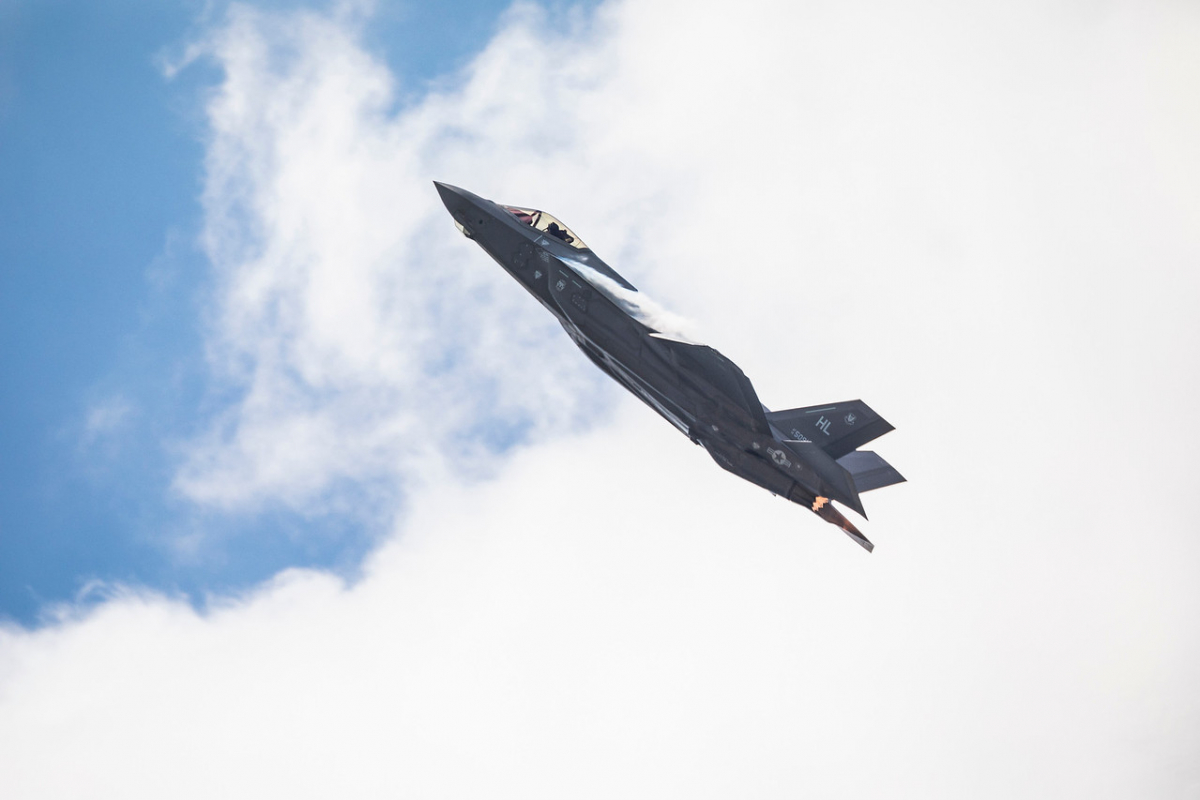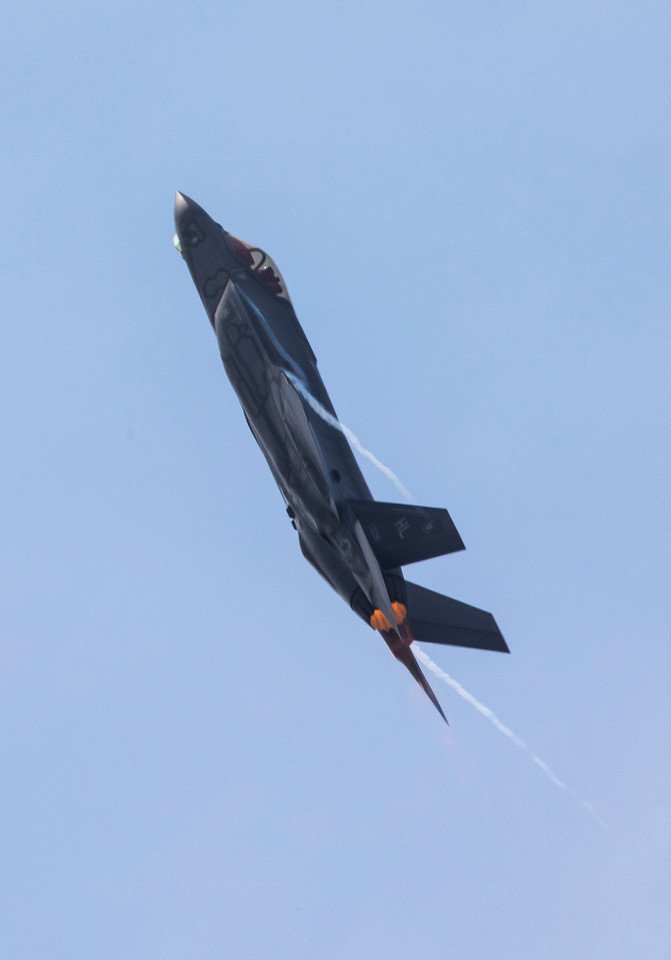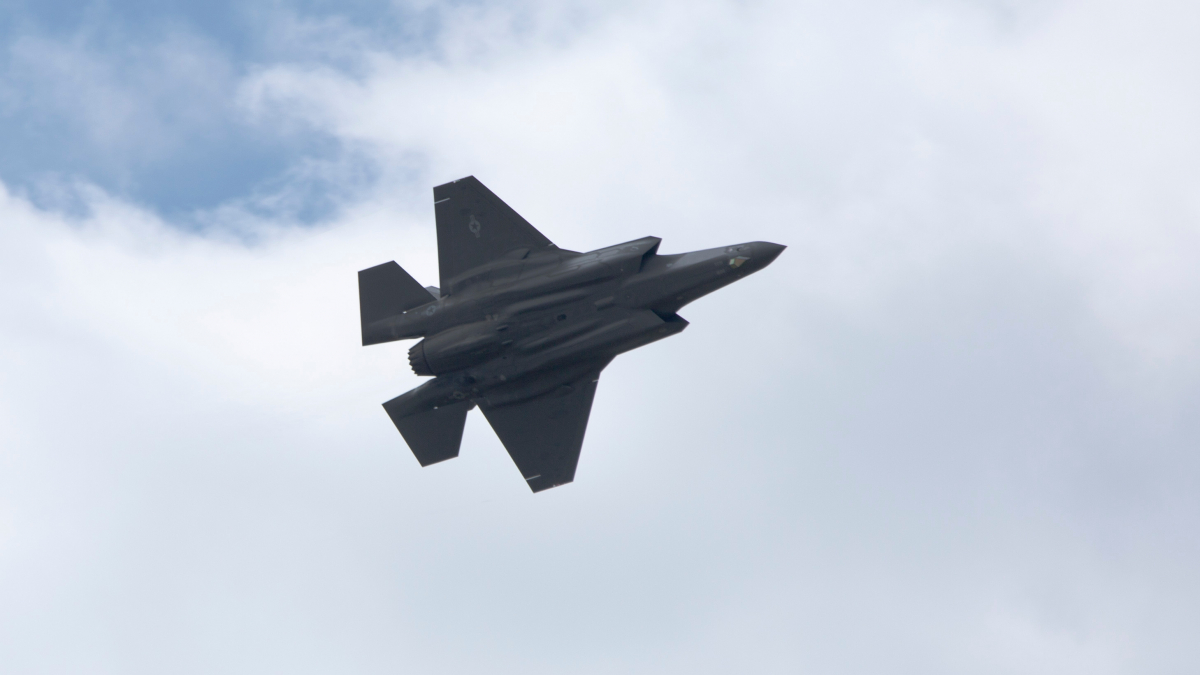Poland has formalized its choice of the F-35 fighter. One more step on the European market for U.S. combat aircraft.
The information was published in Polish on the website of the Ministry of Defense, on January 27. It was then confirmed on January 28 by the U.S. ambassador to Poland, on her Twitter account. The latter posted a message indicating that during the week the Polish Minister of Defense would sign an agreement relating to the acquisition of 32 Lockheed Martin F-35s.
The news released on the website of the Ministry of Defense give a little more details. In addition to the combat aircraft, the contract also includes training and logistical support. The package priced at $4.6 billion, ended up costing €2 billion less than estimated by the DSCA last September.




The Polish Defense Ministry justified its choice by explaining the F-35s are the only stealth fighters currently available on the market, “a key element in successfully carrying out missions in the event of conflict, facing adversaries equipped with advanced anti-access systems”. Adding the F-35 will allow to conduct a wide range of missions such as reconnaissance, electronic warfare, ground support and air combat. Enough to guarantee effective participation in military operations. The F-35 will thus replace the MiG-29 and Su-22 long used.
After choosing the Black Hawks and canceling the order for Caracal helicopters, Poland reiterates its confidence in the United States. In 2002, Poland already preferred to opt for the F-16, instead of the Mirage 2000. A choice which is still likely to create tensions within Europe, while F-35 exports in the continent are rising (recall Belgium, Netherlands or Italy’s choice). The ongoing calls for tenders in Switzerland and Finland will provide a more accurate vision of the strategic and commercial potential of U.S. fighter aircraft.
Indeed, Poland made a strategic choice in addition to an industrial one, ensuring U.S. protection. Warsaw thus remains a long-standing ally of the United States and strongly committed to NATO. It is in this context that Exercise Defender-Europe 20 — the largest deployment of U.S. forces in Europe in 25 years — will take place. Among the “host” countries is Poland. But apart from the existence of a long-standing alliance, does this confirmed choice to remain in the U.S. scope demonstrate European weakness? Would the EU be able to protect European territory by itself? Faced with the solely United States, are European states able to set up a credible military force? Opinions differ. And if the choice of Poland can be questioned in view of its operational commitments, remember that the geographical position of Warsaw, the continuing tensions that characterize its relations with Russia and the Ukraine matter create a climate of mistrust and worry in Poland, also explaining its commitment to the North Atlantic Alliance and to the United States.

